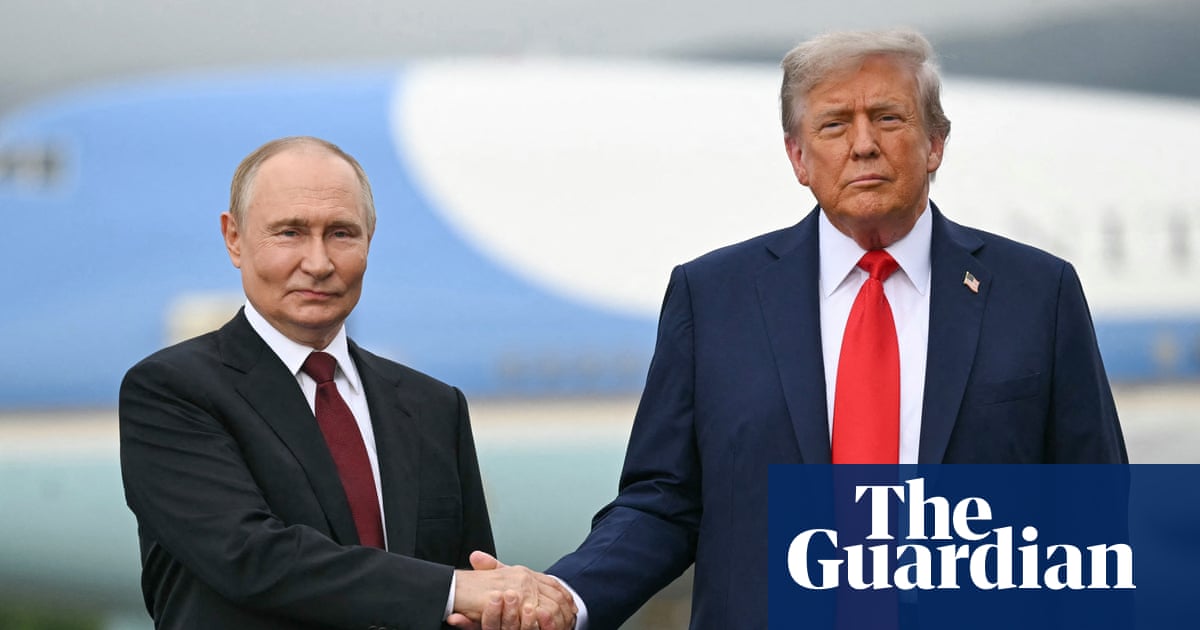
"Since spring the White House has been urging Russia to accept a ceasefire in Ukraine. As Donald Trump put it in March: I think the ceasefire is very important. If we can get Russia to do it, that'll be great. The US president threatened to impose sanctions on Moscow, and on buyers of its oil such as India, if it refused."
"But in the face of Russian opposition, Trump dropped his call for a ceasefire and instead embraced the Kremlin's preferred plan to end the war. This envisages a comprehensive peace settlement first. Until that happens, Moscow will carry on bombing. Trump also agreed to Russia's territorial claims. Putin wants Ukraine to cede the northern part of Donetsk oblast including the fortress cities of Kramatorsk and Sloviansk."
Since spring the White House urged Russia to accept a ceasefire in Ukraine, with Donald Trump calling the ceasefire very important and threatening sanctions on Moscow and buyers of its oil if Russia refused. The US demanded a 30-day pause in the fighting, which Kyiv agreed to, and Trump warned of severe consequences if no ceasefire occurred. After a summit in Alaska with Vladimir Putin, the US position shifted: Trump dropped the call for a ceasefire and endorsed a Kremlin-preferred plan prioritizing a comprehensive peace settlement before any pause. He also accepted Russian territorial claims while Russia offered to freeze frontlines in southern Zaporizhzhia and Kherson as a concession.
Read at www.theguardian.com
Unable to calculate read time
Collection
[
|
...
]